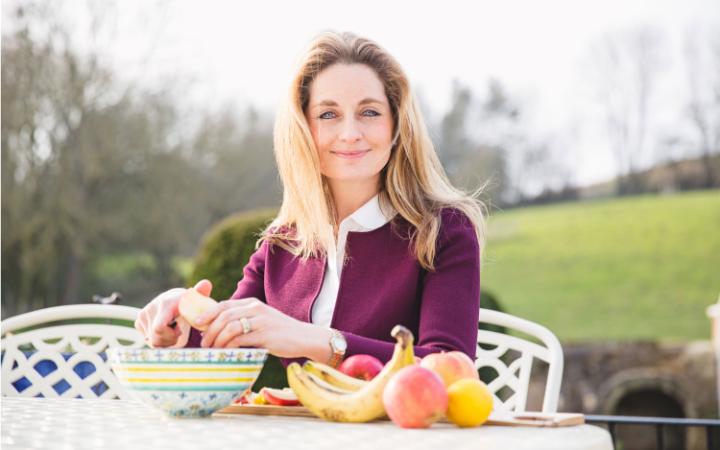Author
Guest Author I UK
*Credit: John Anderson
Seven Seas nutrition consultant Helen Bond on what to eat for great health after middle age
Limit saturated fat
Saturated fat – found in fatty meat, full-fat dairy products, cakes and pies – is bad news for your weight, cholesterol and heart health. Opt for the heart-healthy unsaturated fats in foods such as oily fish, rapeseed oil and avocado. Adults should aim to keep below 20g of saturated fat per day. Try not to add blood- pressure-raising salt to your food: add flavour with garlic, pepper, lemon juice and chilli.
Eat oily fish
We should eat at least two 140g portions of fish a week, of which one should be oily, such as mackerel, sardines, fresh tuna and salmon. If you don’t, it may be worthwhile to supplement your diet with something full of goodness such as cod liver oil – rich in omega-3s, plus vitamins D and E that can help replenish your natural resources.
Go for wholegrain carbs
White bread, pasta and rice have been stripped of their bran coating and germ in the milling process, leaving just the endosperm. Starchy carbohydrates with a low GI (like wholegrains) release their energy slowly, so they’re better for refuelling the brain and body. The fibre in them also keeps your digestive system running smoothly. We’re advised to eat at least 30g of fibre every day (on average, we eat 18g).
Remember calcium
Adults over the age of 19 should eat 700 milligrams of calcium a day, equivalent to a 200ml glass of milk, one small pot of low-fat fruit yoghurt, and a matchbox-sized piece of cheese. Post menopause, women are susceptible to osteoporosis (thinning of the bones) so it is vital that they eat plenty of calcium-rich foods, to minimise bone loss.
Eat fruit and veg
Only one in three adults and 41 per cent of older adults meets the five-a-day fruit and vegetable recommendation1. Take advantage of seasonal produce as fruit and veg are another great source of fibre. They also contain main vitamins and minerals.
Be moderate
We generally need to eat less, move more and enjoy a variety of different foods – fruit and vegetables, starchy wholegrain carbs, dairy and alternatives, and beans, pulses, fish, eggs, meat and other proteins, as shown in the new Eatwell Guide. There’s no need to be a puritan. Some sugary foods are fine in moderation – a flavoured yoghurt will bring with it calcium, protein and iodine, and a wholegrain breakfast with added sugar may offer fibre, folic acid and other B vitamins.
Public Health England (2014) National Diet and Nutrition Survey: Results from Years 1-4 (combined) of the Rolling Programme (2008/2009 – 2011/12)
Progressive companies anticipate their staff’s retirement by providing retirement planning sessions, so that they do not fall into the traps of their forefathers and mothers. But even if you are already retired, or have not had the benefit of such guidance, then there is nothing to stop you sitting down (!!!) with a piece of paper and jotting down lists of those things that you would like to do, and those things that you can do, even though you might not be that keen.
This is important because being active is good for both your physical and mental well-being. Of course, you can start by having a look at the Active Lives pages on this website, which will set out a wide range of opportunities for you to consider, many of which involve organised activities.
But what if you are living somewhere comparatively remote or such activities are not available locally? I thought that I might set out some suggestions for “do-it-yourself” active ageing, so that you can not only be “nifty at fifty” but also “less weighty at eighty” (apologies for this last one). Of course, there are multiple components to staying fit and well, with the most obvious distinction being between “physical” health and “mental” health. So I have drawn on this below:






